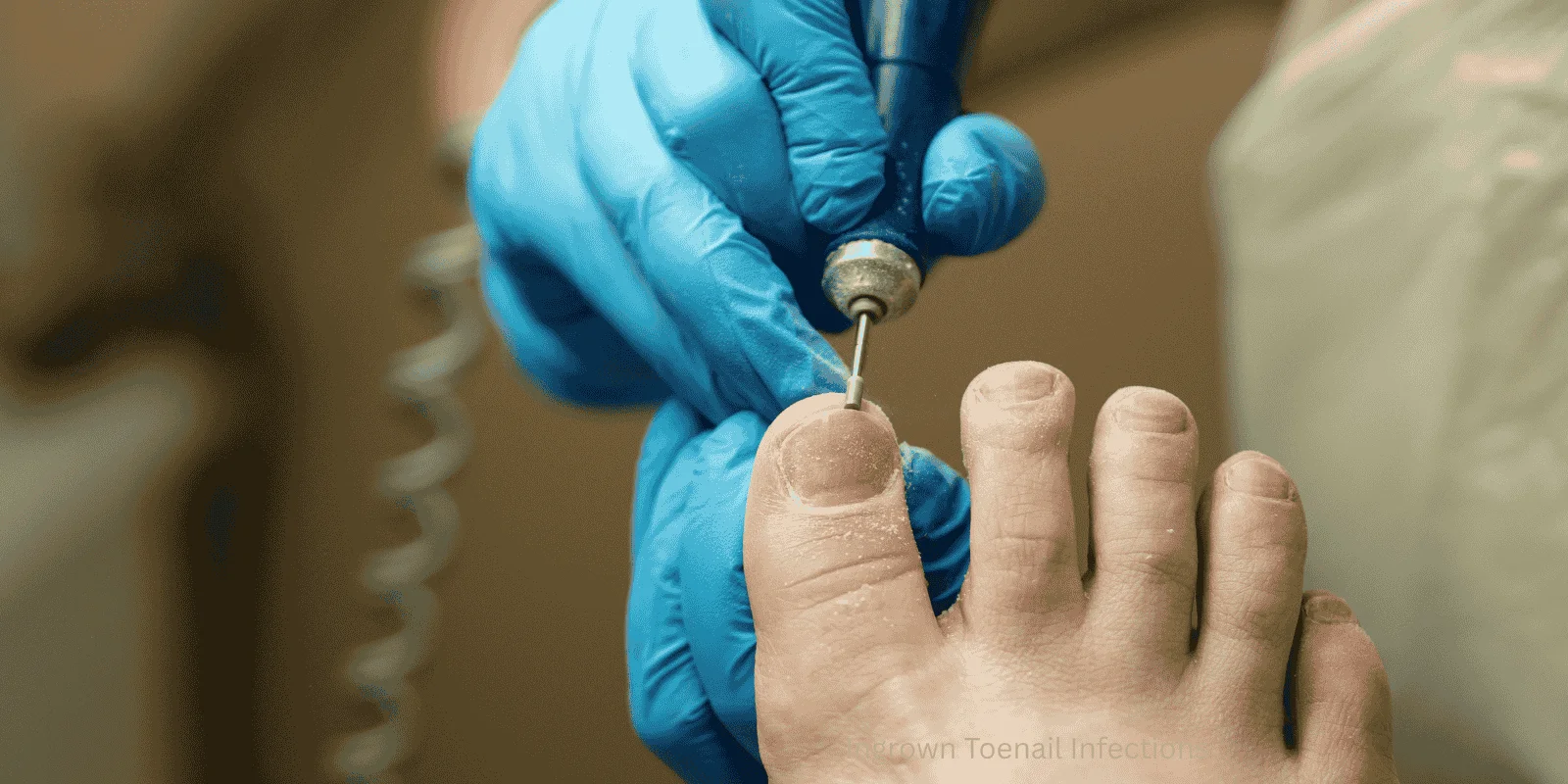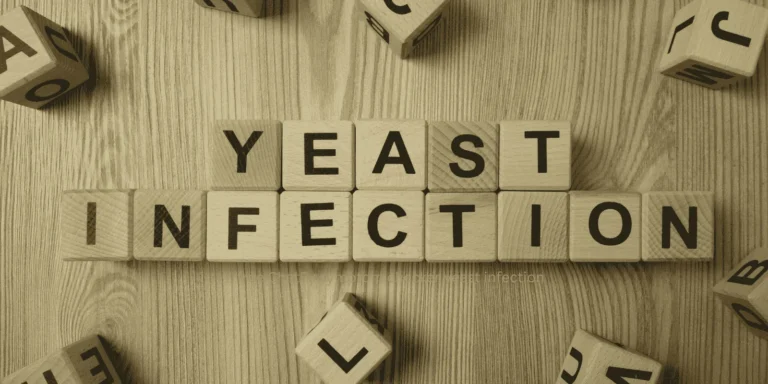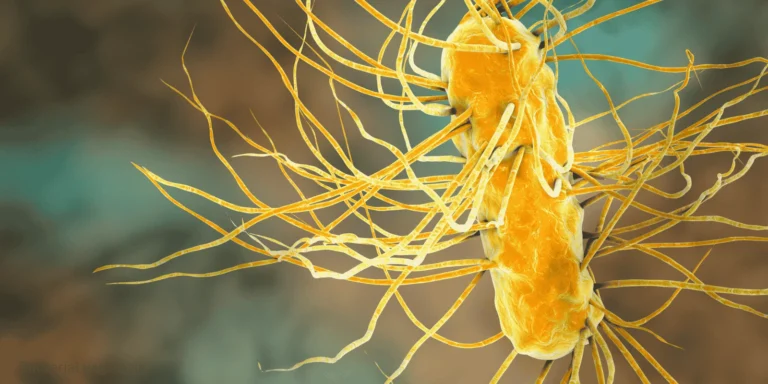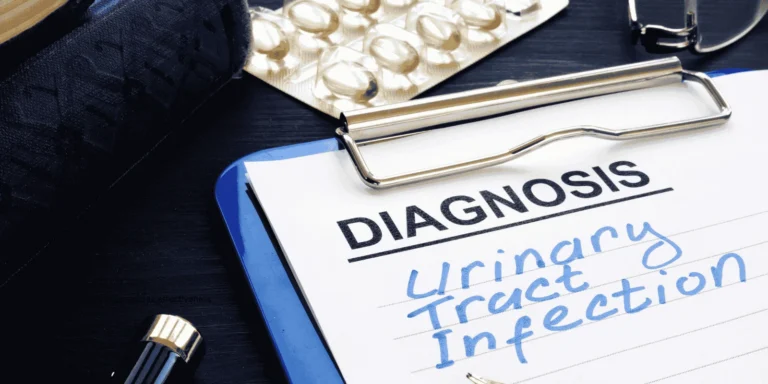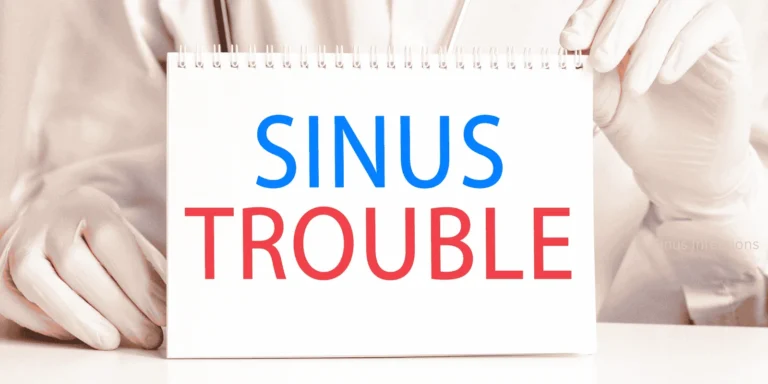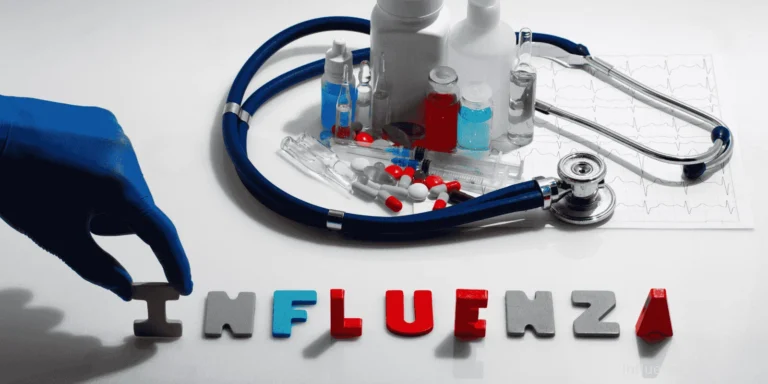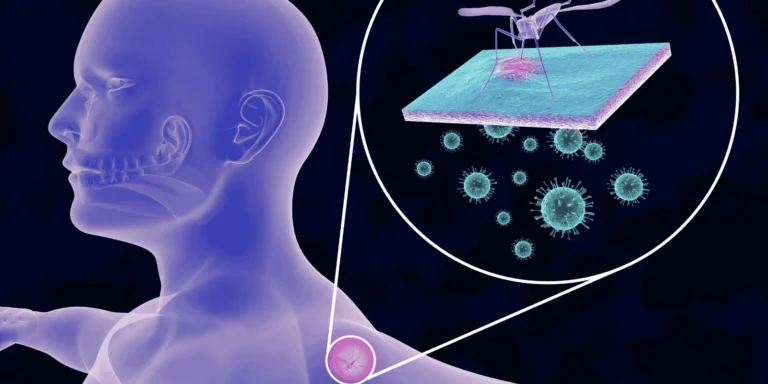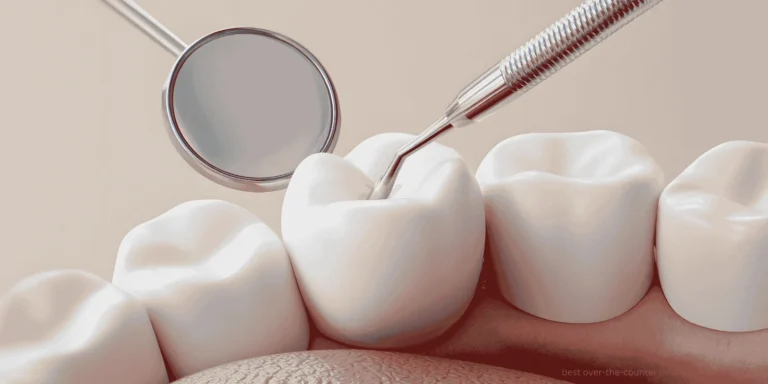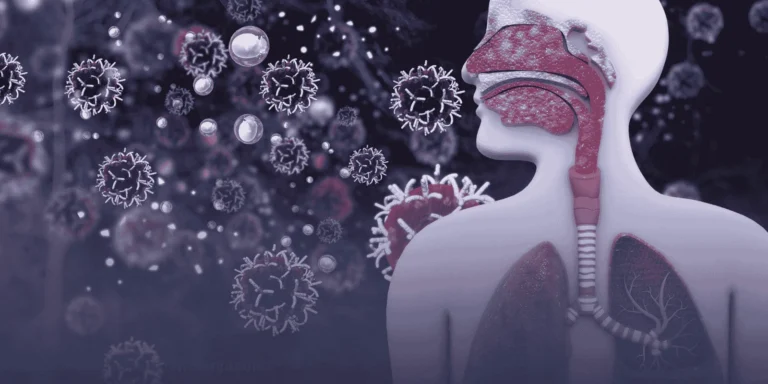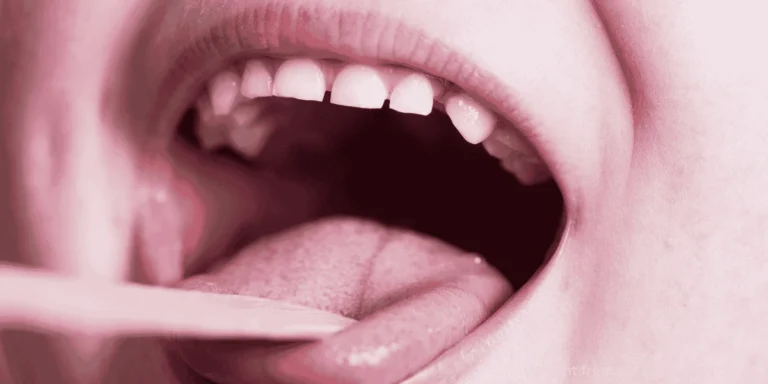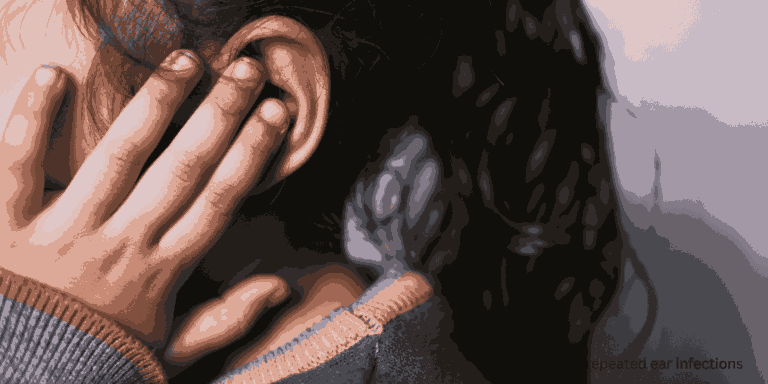“I keep getting infected ingrown toenails on my big toes,” my patient told me. “What am I doing wrong?”
Some people develop recurrent ingrown toenail infections while others never experience them. Understanding risk factors helps prevent this painful condition that can sometimes require surgery.
How Ingrown Toenails Become Infected
Nail penetration into surrounding skin creates entry points for bacteria.
Moisture and warmth in closed shoes provide ideal bacterial growth conditions.
Normal skin bacteria like staphylococcus invade through damaged tissue.
Inflammation from the ingrown nail itself creates additional tissue damage.
Improper Nail Trimming
Cutting too short allows skin to fold over nail edges as nails regrow.
Rounding corners encourages nails to curve into surrounding tissue.
Tearing or picking creates irregular edges that are more likely to penetrate skin.
Using dull clippers crushes and splits nails rather than creating clean cuts.
Footwear Problems
Tight shoes compress toes, forcing nails into adjacent skin.
Narrow toe boxes create sustained pressure on the sides of toenails.
High heels shift body weight forward, increasing pressure on big toes.
Athletic shoes worn too tight for sports activities create repetitive trauma.
Genetic and Anatomical Factors
Curved nail beds inherited from family members predispose to ingrown nails.
Thickened nails from genetics or aging are more likely to penetrate surrounding tissue.
Wide nails relative to toe width create more contact with skin edges.
Bone structure affecting how toes align and bear weight influences nail growth patterns.
Medical Conditions
Diabetes impairs healing and increases infection risk when ingrown nails develop.
Poor circulation from vascular disease slows healing and worsens infection severity.
Neuropathy reduces pain sensation, allowing problems to progress unnoticed.
Immune compromise from medications or conditions increases infection likelihood.
Activity-Related Risks
Running and jumping create repetitive toe trauma that can drive nails into skin.
Soccer and football involve direct toe impacts that damage nail beds.
Ballet and dance maintain toes in positions that stress nail structures.
Hiking especially downhill, pushes toes forward into shoe fronts repeatedly.
Hygiene Factors
Sweaty feet create moisture that softens skin and promotes bacterial growth.
Poor foot washing allows bacteria to accumulate around nail borders.
Dirty socks reintroduce bacteria after washing feet.
Fungal infections cause nail thickening that increases ingrown nail risk.
Previous Nail Damage
Trauma history like dropping objects on toes can permanently alter nail growth.
Previous ingrown nails create scar tissue that affects future nail growth patterns.
Surgical removal of ingrown portions sometimes results in irregular regrowth.
Age-Related Changes
Thickened nails in older adults are harder to trim properly and more likely to penetrate skin.
Reduced flexibility makes foot care and proper nail trimming more difficult.
Multiple medications may affect nail growth or healing capacity.
Warning Signs of Infection
Increasing redness spreading beyond immediate nail area.
Pus drainage or yellow/green discharge from nail borders.
Severe pain that prevents normal walking or wearing shoes.
Red streaking from toe toward foot indicating lymphatic spread.
Fever or swollen lymph nodes suggesting systemic infection spread.
Prevention Strategies
Proper trimming technique — cut nails straight across, not too short, avoiding corner rounding.
Appropriate footwear with adequate toe box room and proper length.
Foot hygiene including daily washing and thorough drying, especially between toes.
Prompt treatment of minor issues before they progress to infection.
Professional help for people with difficulty reaching feet or conditions affecting healing.
When to Seek Treatment
Early intervention when nails start growing into skin prevents infection development.
Persistent problems requiring removal of nail portions or matrix ablation to prevent recurrence.
Signs of spreading infection need immediate antibiotic treatment.
Underlying conditions like diabetes require professional care rather than home treatment.
Treatment Options
Conservative care including warm soaks and proper footwear for minor cases.
Partial nail removal for ingrown portions causing recurrent problems.
Matrixectomy — destroying nail-growing tissue to prevent chronic recurrence.
Antibiotics for established infections, either topical or oral depending on severity.
Long-Term Management
Regular podiatry visits for people at high risk or with chronic problems.
Footwear evaluation to ensure proper fit and eliminate contributing factors.
Nail care education about proper trimming technique and frequency.
Address underlying conditions that increase risk like fungal infections or circulation problems.
Understanding your personal risk factors for ingrown toenail infections helps guide prevention strategies and determines when professional intervention might prevent recurrent problems.

